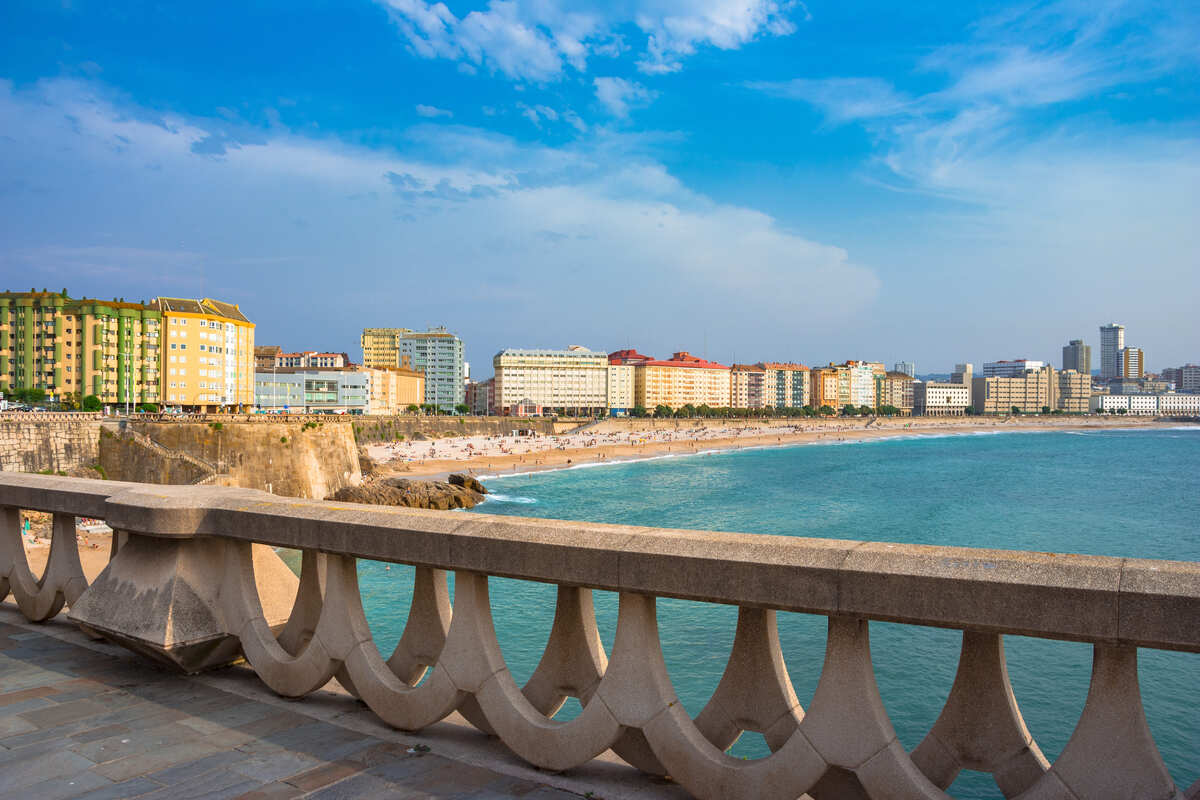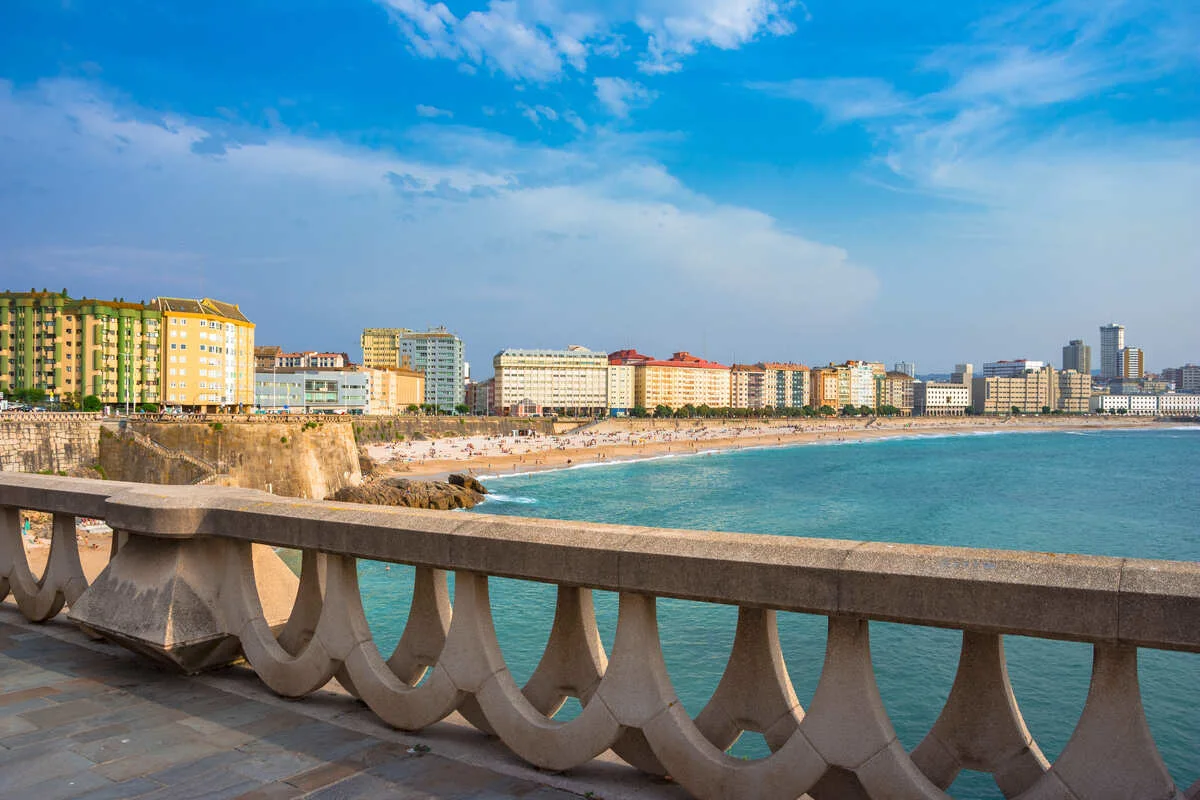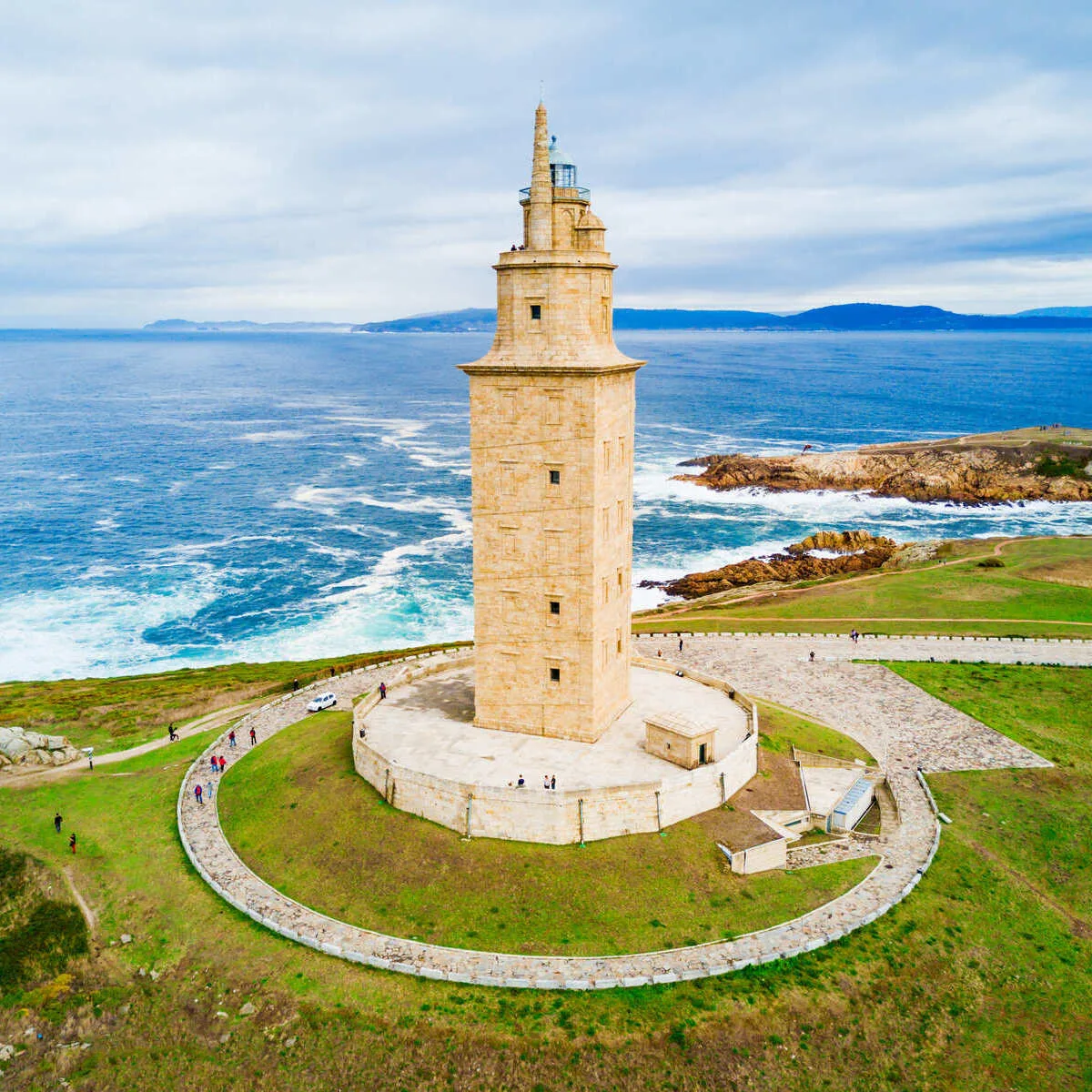
Home to world-renowned landmarks like La Sagrada Família and Park Güell, not to mention its privileged seaside location right on the shores of the Mediterranean, Barcelona is the number one destination in Spain.
Despite its undeniable charm, it’s no secret Barcelona is fighting a not-so-silent battle right now: tourism levels are out of control, so much so that locals have taken matters into their own hands.


Let’s just put it this way: if you’re lucky enough, you might only get sprayed with water as you dine alfresco in the Gothic Quarter, or walk past an unfriendly, anti-tourist graffiti or two.
Perhaps unsurprisingly, these 4 lesser-known Spanish cities are now taking center stage now that Barcelona is shunning visitors.
According to the latest eDreams report, Europe’s leading travel agency, interest in them has surged this summer, while the Catalan capital took a backseat:
A Coruña


With an 11% increase in visitors this summer, A Coruña is currently the fourth fastest-growing destination in Spain. Though it is located in the far northwest of Spain, a long way from Barcelona, tourists are being drawn to its picture-perfect Old Town, ancient heritage, and postcard beaches lining the Atlantic.
The city’s most distinctive landmark is the Tower of Hercules, a 1st-century Roman-built lighthouse, perched at the tip of a rocky peninsula hugged by azure sea—at its feet, Lapas is one of the many white-sand beaches to be found in and around town.


In the center, narrow, cobbled alleys flanked by colorful buildings await discovery, converging around Plaza de María Pita, an elegant main square dominated by a Beaux-Arts-inspired City Hall. Keep heading toward the waterfront, and you’ll reach Riazor:
An elongated strip of sand backed by laid-back tapas spots, upscale hotels, and beach bars, it is the place to go to socialize and gorge on local food. Oh, and in case you’re wondering, it’s still mostly sunny, and a pleasant 73°F out in A Coruña in the fall.
Santander


You’ll start noticing a trend from now on. With the Mediterranean Coast getting more crowded by the minute, it’s time for Northern Spain to steal the limelight, and if there was ever a flagship city for the region, that’s certainly Santander.
Called ‘Pearl of the North‘, due to its scenic bayside location, plethora of beaches, and rich maritime culture, it is home to Palacio de la Magdalena, a picturesque palace occupying a peninsula, commanding epic town views, a historic cliffside lighthouse (El Faro de Cabo Mayor), and a soaring cathedral:


Santander Cathedral is one of the most emblematic monuments in the North, due to its medieval origins and fortress-like design (in all honesty, it looks more like a castle than a church, proper), and better even, it’s free to visit! Did we mention no long wait lines like in Barcelona’s Sagrada Família?
However, beautiful buildings are not the only reason why Santander has posted a 13% growth recently: from the soft, golden-sand Playa del Sardinero, to the more secluded Playa de Mataleñas and Playa de los Molinucos, it leaves nothing to be desired as a beach getaway in the high season.
Bilbao


Guess what: yet another Northern Spanish gem made the cut, except you might want to bookmark this one. As of this year, Americans have been able to fly nonstop to Bilbao, the cultural heart and largest city in the Basque Country, straight from Newark (EWR).
There are many a reason why Bilbao would be racing ahead of other Spanish destinations to claim the runner-up title, with an 18% growth, but the one thing that pops to mind when we think of El Botxo—that’s how Basques call it—is its combination of vibrant city life and Old World allure.


It is one of Spain’s most modern and industrial cities, and it’s no wonder it lays claim to the Guggenheim Museum, a titanium-clad contemporary art installation overlooking the fast-flowing Nervión River, but on the other hand, its Casco Viejo tells equally fascinating tales of the Spain of Olde.
We’re talking maze-like streets, centuries-old skinny buildings, pintxo bars serving $3 beer, and medieval plazas—on that note, you might want to check out the 14th-century Iglesia de San Antón, the oldest church in Bilbao, and the main feature on the city’s coat of arms.
Oviedo


Boasting a 25% growth, Oviedo, the cultural heart of a criminally underrated Asturias, a mountainous region in Spain’s North, officially snatches the crown as the Iberian country’s fastest-growing destination at the moment.
Contrary to A Coruña or Santander, which can double as beach getaways, its main appeal is the ancient History: a UNESCO-listed city, it’s best known for its Pre-Romanesque monuments, most notably Santa María del Naranco, an ornate palace-turned-church dating back to the 9th century.


In the heart of the Old Town, a monumental cathedral stands, its Holy Chamber (or Cámara Santa) housing some of the most critical Christian relics. Also notable is Plaza del Fontán, a bustling public square lined with market stalls and cafés.
Oviedo is also renowned for its green spaces, walkable streets, and tranquil atmosphere: strolling through the city feels like a refreshing escape compared to the crowds of Madrid and Barcelona.
Finally, the cider scene is unmatched, with Calle Gascona being lined with sidrerías (cider houses) at every turn.
Vinicius Costa
Vini, our senior lead writer at Travel Off Path, has over 60+ countries under his belt (and currently weaving tales from Paris!), and a knack for turning off-the-beaten-path experiences into informative stories that will have you packing your bags.
The Travel Off Path Advantage: Your Travel Toolkit
Subscribe To Our Latest Posts
Enter your email address to subscribe to Travel Off Path’s latest breaking travel news, straight to your inbox.
Please visit:
Our Sponsor
